Positive Bluetongue results have been identified in a cattle holding in France, just 150km off the UK mainland, the UK’s Department of Environment, Food and Rural Affairs (DEFRA) has confirmed.
DEFRA is still awaiting confirmation that the cattle found with the virus are infectious.
Some 2,356 cases of Bluetongue have been confirmed to date in France, with almost all of the country affected by the virus.
To date this year, France has reported over 650 new BTV-8 positive animals.
Now, the virus has been detected in the Seine Maritime département of France, on its northern coast, bringing the virus closer again to mainland Britain.
Restriction zone in the UK
DEFRA has considered the scientific evidence and veterinary advice and concluded that the UK will apply for a derogation from Article 8 of the Bluetongue Directive (2000/75/EEC).
The Bluetongue Directive (2000/75/EC), Article 8, requires member states to co-operate when zones extend beyond the limits of a single member state.
However, a request may be made by the neighbouring state to derogate from defining the edge of any French restriction zone, allowing for a number of factors such as geographical location and vector presence.
In this case, the 150km restriction zone would extend over small parts of the Sussex and Kent coasts.
Map of latest outbreaks

Risk level
Taking all of the factors into account, DEFRA has not changed the risk level of the virus entering the UK - it remains low.
The risk level reflects the onset of the vector season, the wind direction and low levels of infection in northern France, it said.
However, this may change as the weather changes and if more infected animals are detected in the northern France.
Warning against importing cattle from Bluetongue areas
Map: Bluetongue sweeps through France
Positive Bluetongue results have been identified in a cattle holding in France, just 150km off the UK mainland, the UK’s Department of Environment, Food and Rural Affairs (DEFRA) has confirmed.
DEFRA is still awaiting confirmation that the cattle found with the virus are infectious.
Some 2,356 cases of Bluetongue have been confirmed to date in France, with almost all of the country affected by the virus.
To date this year, France has reported over 650 new BTV-8 positive animals.
Now, the virus has been detected in the Seine Maritime département of France, on its northern coast, bringing the virus closer again to mainland Britain.
Restriction zone in the UK
DEFRA has considered the scientific evidence and veterinary advice and concluded that the UK will apply for a derogation from Article 8 of the Bluetongue Directive (2000/75/EEC).
The Bluetongue Directive (2000/75/EC), Article 8, requires member states to co-operate when zones extend beyond the limits of a single member state.
However, a request may be made by the neighbouring state to derogate from defining the edge of any French restriction zone, allowing for a number of factors such as geographical location and vector presence.
In this case, the 150km restriction zone would extend over small parts of the Sussex and Kent coasts.
Map of latest outbreaks

Risk level
Taking all of the factors into account, DEFRA has not changed the risk level of the virus entering the UK - it remains low.
The risk level reflects the onset of the vector season, the wind direction and low levels of infection in northern France, it said.
However, this may change as the weather changes and if more infected animals are detected in the northern France.
Warning against importing cattle from Bluetongue areas
Map: Bluetongue sweeps through France






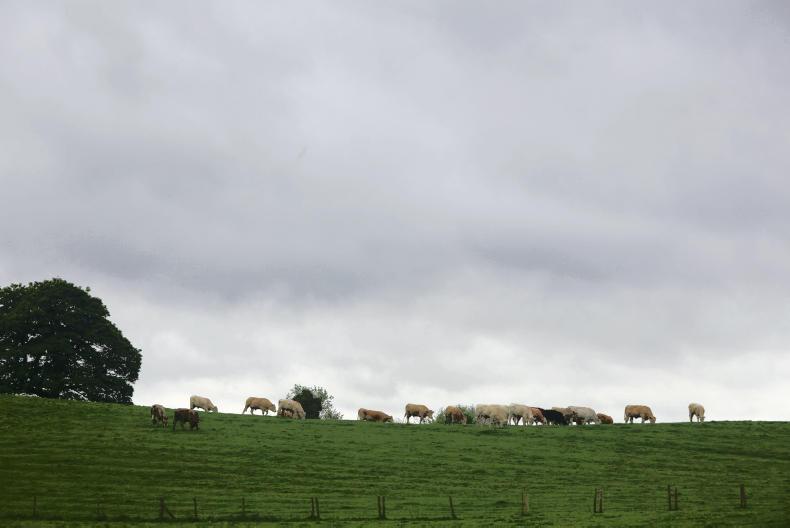
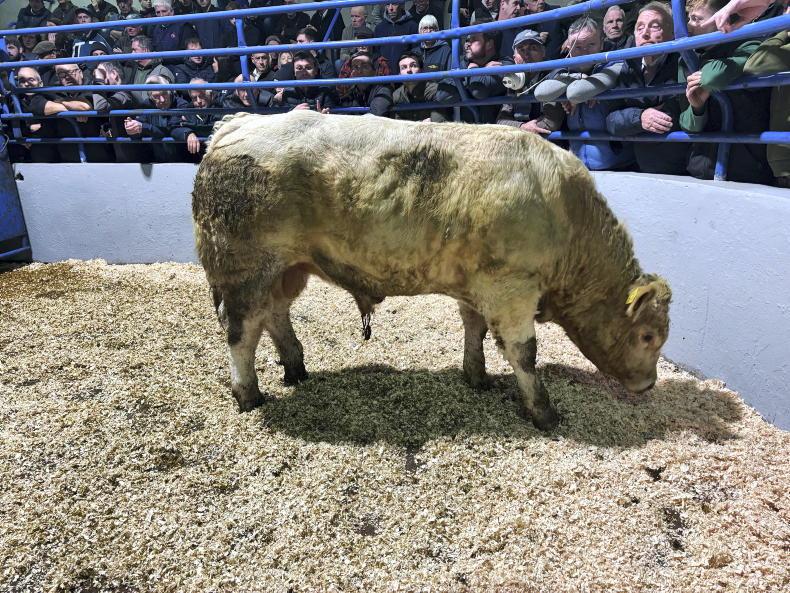

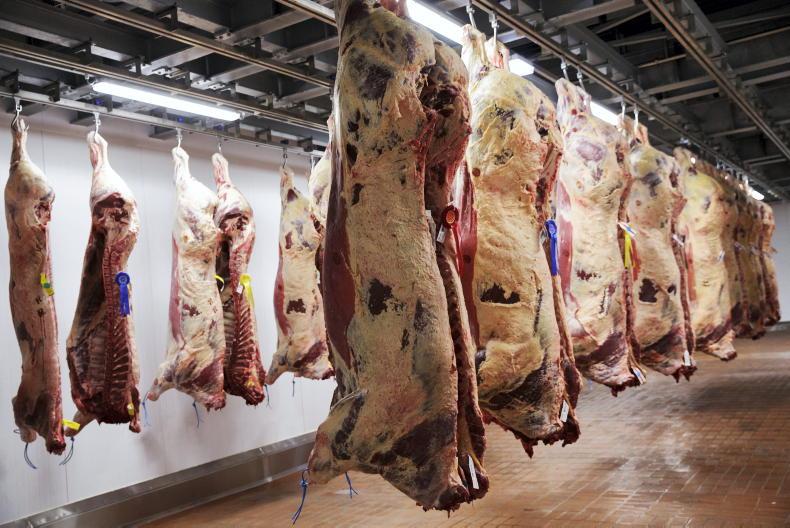
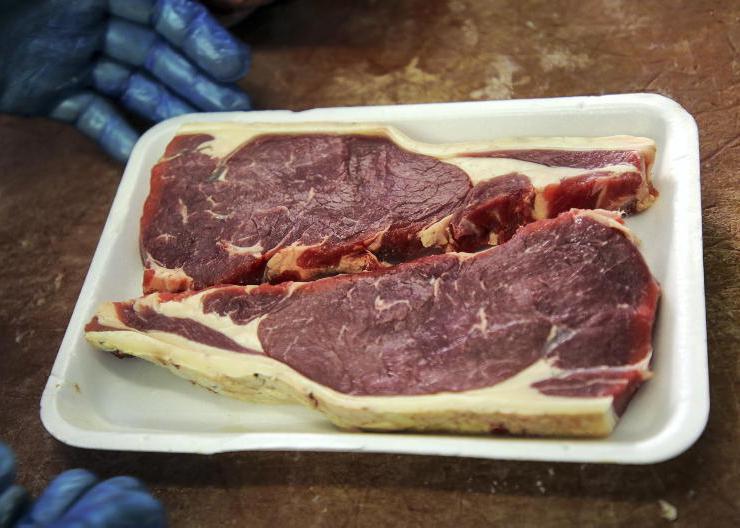
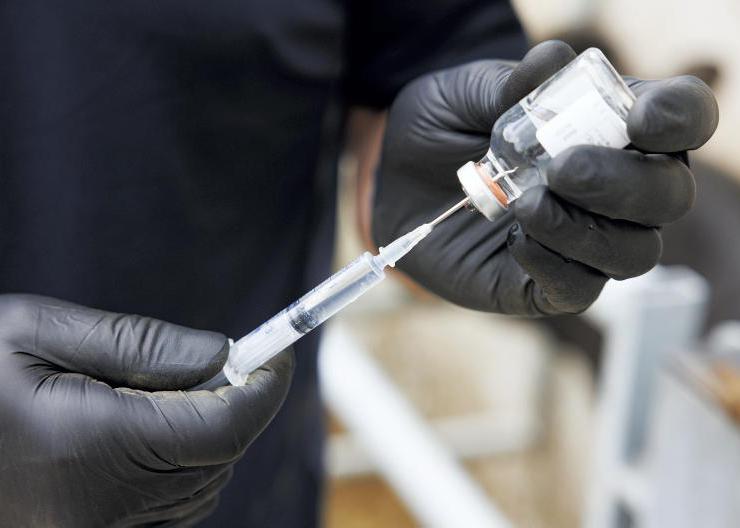
SHARING OPTIONS